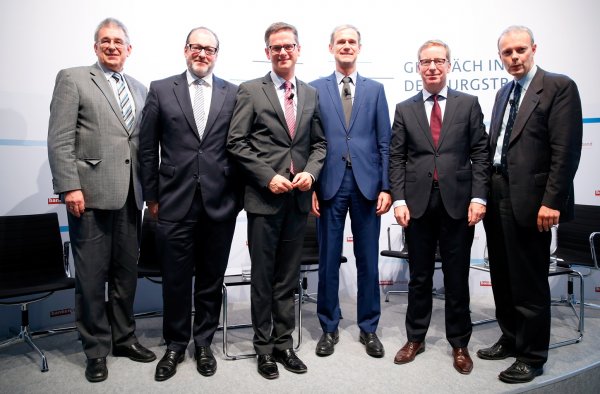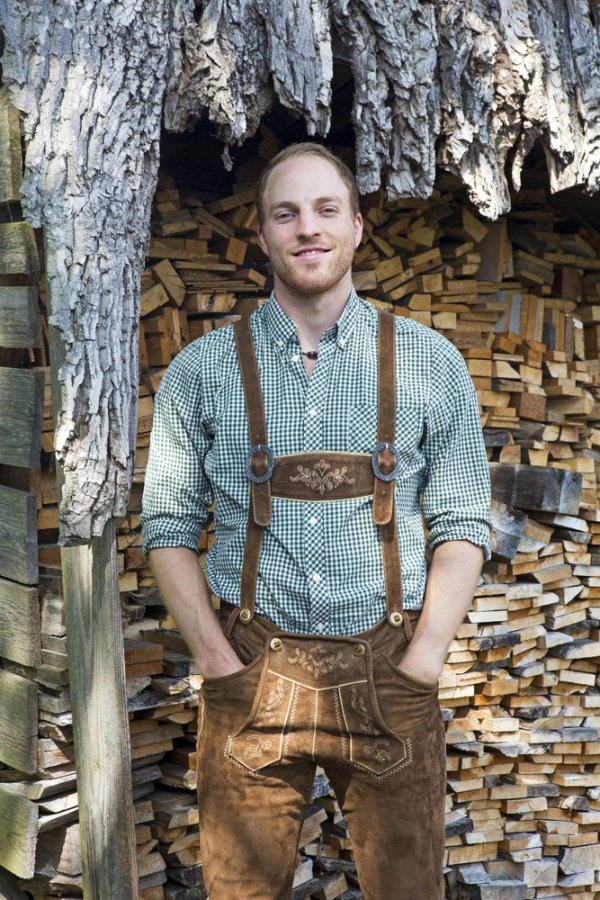Business Culture: Business Attire
Climate and Region
Germany enjoys a moderate climate. In the north, it experiences no dramatic fluctuations between the warmer and colder seasons; inland regions experience more temperature variation. Northwestern and coastal areas in and around Hamburg, Kiel, and Lübeck are maritime-influenced, with warm summers and mild, cloudy winters. Hanover, the Köln-Ruhr area, and the capital, Berlin, experience a continental climate, typified by warmer summers and colder winters.
A mountain climate pervades the Alpine regions to the extreme south and, to a lesser degree, the Central German Uplands. Visitors to Munich and Stuttgart in the south, and to Nurnberg, Zwickau, and even Dresden to the central east will want to pack a little bit heavier clothing as higher altitudes cause lower temperatures and greater precipitation. The occasional föhn (warm wind) sweeps down from the Alps, losing moisture on the southern slopes. These winds can sometimes be gale force, especially in the spring and fall, so warmer outdoor wear is recommended at these times of year.
Heavy rain, thundershowers, strong winds, and colder temperatures can creep in during fall and winter because of Atlantic low-pressure systems, especially along the western side of the north coast, and in the mountainous regions of Germany. Although winters are generally mild, temperatures can occasionally be harsh, with heavy snowfall and subzero temperatures in the eastern, southern, and mountainous regions. The warmest season is May through September in all areas. By contrast, the average daytime January temperature is 3°C (37.4°F).
Lightweight fabrics are recommended in summertime, but bring a good sweater or jacket, as evenings can carry a bit of a chill. Rainwear is always recommended, and if traveling in the winter, be sure to pack medium- to heavy-weight fabrics and a heavy jacket, mitts, and a hat. Southern Germany has some excellent conditions for winter sports like skating, skiing, and snowboarding, so pack gear for some extracurricular fun.
Meetings and Presentations
Business dress is formal and understated, especially in the financial, insurance, and banking sectors. Dark-colored, well-tailored suits with white shirts and ties in subdued colors are best for men, and dark jacket-and-pants or jacket-and-skirt suits with white shirts are a good choice for women. Hemlines should come at least to the knee, and nylons rather than leggings are the appropriate choice. Ostentatious jewelry and accessories will be viewed pretentious—subtle, matching bags, scarves, or jewelry are a better choice. That said, there is a great emphasis on status in German business circles, and it is appropriate to wear watches and other accessories that correspond with status.
Although some sectors, like information technology, can be slightly less formal, it is important to follow your German counterparts' lead on dress. As times change, it is becoming more common for businesspeople to choose plaid, checked, or striped shirts over the traditionally "safer" blue or white. Though in most situations khakis and a simple blazer or jacket would not be an appropriate choice for a first meeting, this choice might be suitable in subsequent meetings if the Germans took the lead. It is reasonable to inquire about a company's dress code ahead of time if there is any question.
Complete a stylish business ensemble with well-made polished dress shoes—most executives will look for and notice them.
Social and Networking Events
Germans tend to dress in more conservative tones in social environments as well as in business ones, and are more likely to dress well for what may be considered casual outings in other countries. This means that Germans might wear dress shoes and a pressed shirt to walk the dog or head to the grocery store—with this in mind, assume that "casual attire" on the invitation for a business social does not mean jeans or track pants. Designer jeans or stylish pants and dress shoes as part of a well-coordinated outfit is more like it.
If the invitation says formal dress is appropriate, men should arrive in a tuxedo and women in an evening gown. In restaurants the expectation is that both men and women arrive well dressed, but that men needn't wear a tie.
It is worth noting that while Lederhosen are still worn in Bavaria, and manual workers continue to wear blue overalls, these are culturally specific garments that instill a deep sense of pride in the wearers—foreigners should keep with clothing choices typical of their home countries or trendy European styles instead unless specifically invited to do otherwise.
Article written for World Trade Press by Jessica Kirby.
Copyright © 1993—2025 World Trade Press. All rights reserved.

 Germany
Germany 



